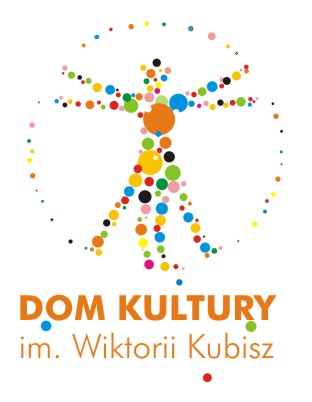
BIELSKO-BIAŁA – A CITY IN THE MOUNTAINS

A city surrounded by mountains, a historical city, a city with beautiful architecture, a city of young people, a city of enterprising people, a city of a hundred industries, a city of culture, a city of fairy-tales …
There are countless such descriptions and it is extremely difficult to choose one that would define the city more accurately than the others. On the one hand, Bielsko-Biała is a self-fulfilled city, on the other, it never stops seeking new solutions and undertaking new challenges.
The city’s most valuable resource is its hilly location at the foot of the Beskidy Mountains. Numerous hiking trails start here; leading up to the top of Szyndzielnia, Klimczok and Dębowiec. The scenic paths in the leafy district of Cygański Las or around a dam in the Valley of Wapienica beckon hikers. Winter is a time for skiing, snowboarding and sleigh rides, and summer for walking, cycling and horse riding. Seasoned cyclists hone their skills on the challenging Enduro mountain trails. The nearby lakes and surrounding areas are a paradise for sailors, gliders, hang gliders and paragliders.
The location of the city, at an equal distance from Warsaw, Vienna, Prague and Budapest, is conducive to economic prosperity. Accumulated over centuries, the present wealth of the city is a result of sustainable growth in business and industry. Once it was enterprising elites, whether from Catholic, Jewish or Protestant backgrounds, who strived to make the city a comfortable, beautiful and modern place to live. It was in Bielsko that the first tram line was established in this part of Europe; this was followed by the construction of a water and sewage system, and telephones appeared almost immediately after Bell’s invention. From here, the highest-quality woollen fabrics travelled all around Europe and beyond.
A city is defined mainly by its population. People leave behind buildings, streets, bridges, squares, written records – some containing secrets still waiting to be revealed. Generation after generation, the streets fill up with town folk, now perhaps a bit indifferent to the beauty of the surrounding nature and Art Nouveau architecture, but this lack of interest often disappears when confronted with the amazement expressed by visitors. Once dividing, the bridges of Bielsko-Biała now connect. And squares – meeting places where paths of history and modernity intersect.
Often referred to as Little Vienna, Bielsko-Biała owes its architectural splendour to Viennese architects who spared no talent to erect neo-Renaissance and neo-baroque townhouses for local burghers and industrialists. These magnificent mansions also served as a testimony to the success and aspirations of the town folk. The 19th century saw the construction of the highest number of representative public buildings in both Bielsko and Biała – the railway station, the theatre and the main post office. The catholic and evangelical churches, as well as the sites of the former synagogues, are a living testimony to the modern history of the city.
Perched on a hill is the Old Town with its Castle enjoying huge popularity among the local population and tourists alike . Today, it houses the Historical Museum of Bielsko-Biała. Step inside to admire the beautiful interiors of the former aristocratic residence, learn more about the history of the city and see unique collections of art. The Sułkowski family, who owned the Castle, lived in the city for nearly three centuries. Now they are a part of the history of Bielsko-Biała.
The Old Town Square is full of life from early spring to late autumn; resounding with music, conversation, the laughter of tourists and residents, sitting in cafe gardens.
Bielsko-Biała is a good city to study, work and rest. A city to live in!





























































